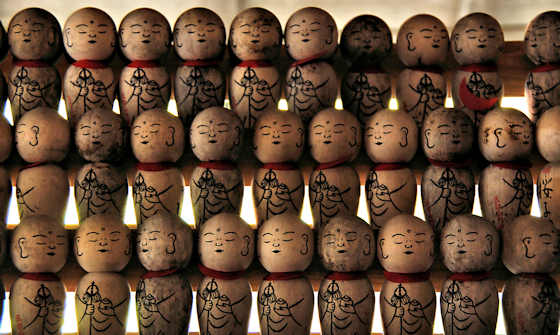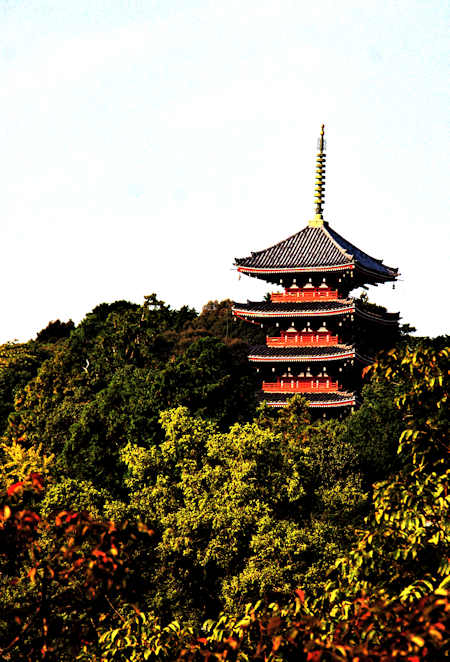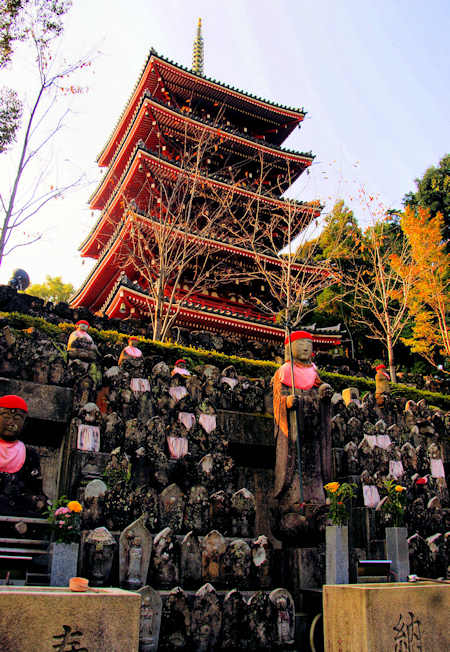The Kikuya Residence is a large complex of buildings from the Edo Period belonging to the Kikuya Family in the old castle town of Hagi, Yamaguchi.
Though merchants, and therefore the lowest class in Tokugawa Japan, they were the richest family in the town and great supporters of the Daimyo.
All these photos are from the garden around the oldest cluster of buildings on the main street, but there is also a larger, more park like, stroll garden around the newer mansion house.
Like most Japanese gardens this one is particularly nice in the autumn with the fall colors. I'm sure that at some point in the future I will post some of that.






















































